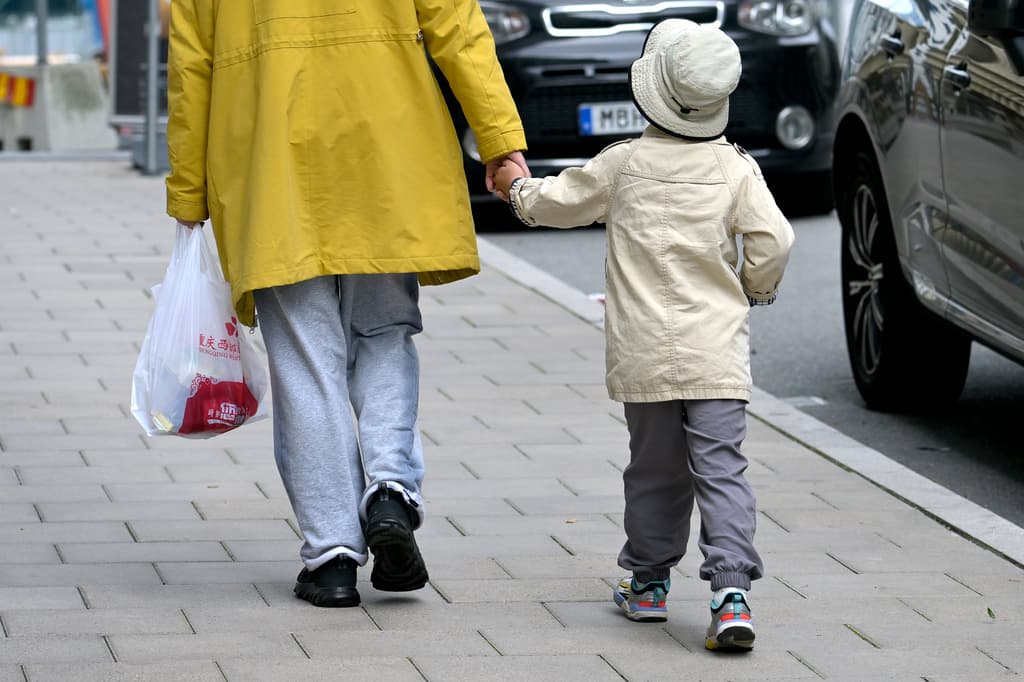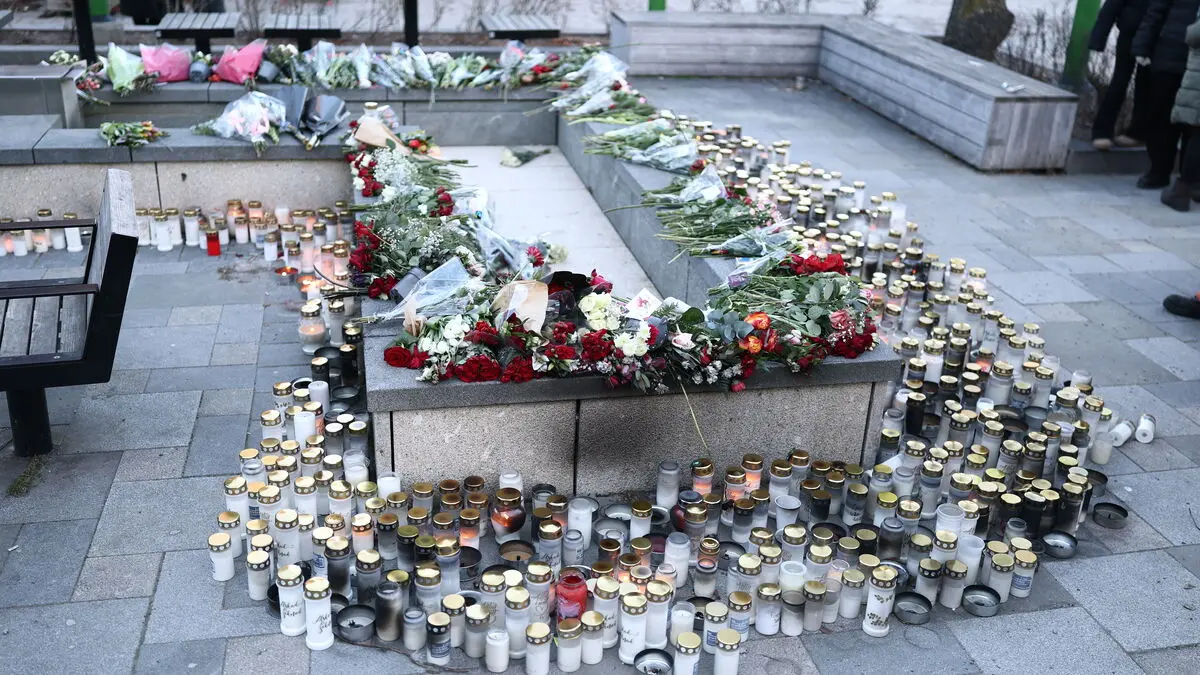Last time the child allowance was increased was in March 2018, when it went from 1,050 kronor to today's 1,250 kronor.
And if the child allowance had followed the high inflation of recent years, the allowance would today be around 1,600 kronor – thus 350 kronor more than it is currently. This is shown by a new calculation by Länsförsäkringar.
It simply means that the child allowance covers fewer things than it used to, notes Stefan Westerberg.
Missed thousands of kronor
The child allowance covers 28 percent fewer purchases for the child today compared to 2018, as prices have risen.
It's clear that it affects the economy of families with children. Over the past two years, everyone has had increased costs, and those with children have, in a way, had double increased costs.
The total amount that families with children have missed out on since 2018 is almost 9,600 kronor per child, according to Länsförsäkringar – because the child allowance has not followed inflation.
It's simply money that you've missed out on. Which could mean x number of jackets, socks, and shoes.
Lost its relevance
Stefan Westerberg believes that many other allowances follow inflation, while the child allowance does not.
You have to proactively raise the child allowance from politics to increase the levels, unlike, for example, student aid, which is automatically adjusted with the price base amount.
He also says that the child allowance has started to lose its relevance – since it has not been increased since 2018.
The idea is that it should cover some of the extra costs that come with having children. But the amounts have decreased in purchasing power, and that contributes to the child allowance losing relevance.





